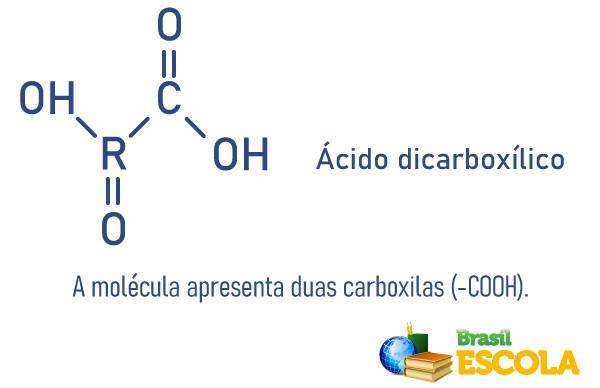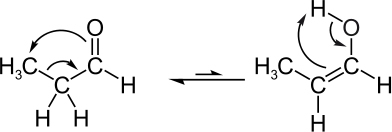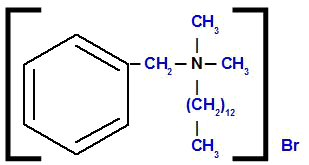Our organism does not stop producing cells, which go up through the layers of the skin as if they were a walking queue, until they are eliminated. Each cell is able to stay alive for three to four weeks after it is formed. After this time, its destiny is only one: to let go of our body and fall in the form of dust. That's why our house is always with a fine layer of dust, even if the windows are closed all the time.
Do you change your skin? By asking this question, we do not mean that you are a snake, a lizard, or even less a chameleon. The fact is that you, me, we, in short, every “human” species changes skin all the time.
For those who don't know, right now we're leaving about 35,000 cell membranes behind, a real waste that our bodies insist on eliminating. Of course, this process is not visible to the naked eye, we would need a microscope to notice this skin change. Just to get an idea of the proportion, we eliminate more than three kilos of skin per year. This is the body's need to accommodate other cells that are forming.
Do not stop now... There's more after the advertising ;)
The epidermis is formed by the stratum corneum and basal extract. The stratum corneum corresponds to the upper layer of the skin, it is composed of about twenty-five layers of flat and dead skin cells, which are waiting for the right time to fall off. The basal extract refers to the lower layer of the skin, where new cells are produced.
By Líria Alves
Graduated in Chemistry
Brazil School Team
Chemistry Curiosities - Chemistry - Brazil School
Would you like to reference this text in a school or academic work? Look:
SOUZA, Líria Alves de. "Do you change your skin?"; Brazil School. Available in: https://brasilescola.uol.com.br/quimica/voce-troca-pele.htm. Accessed on June 28, 2021.



